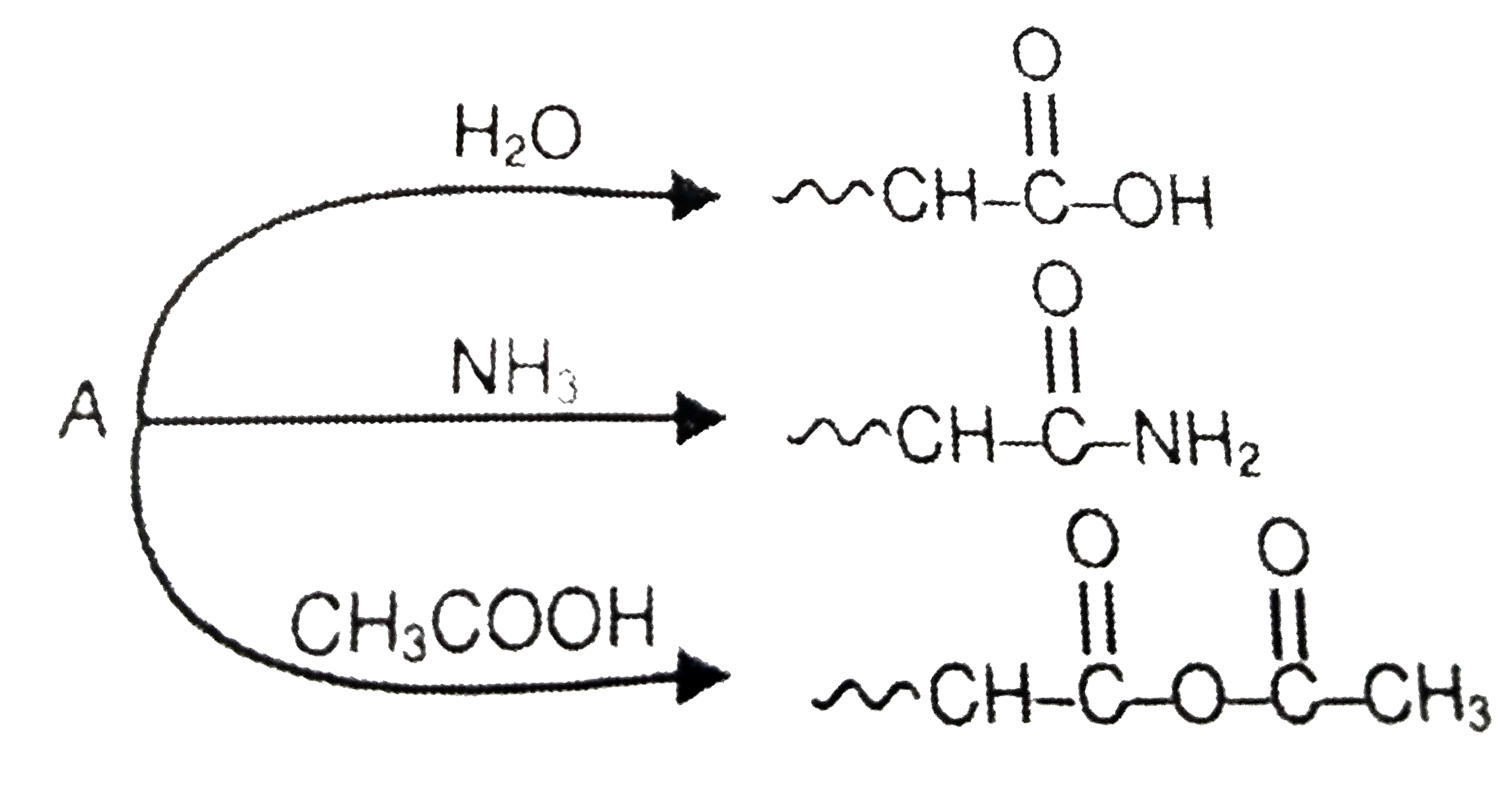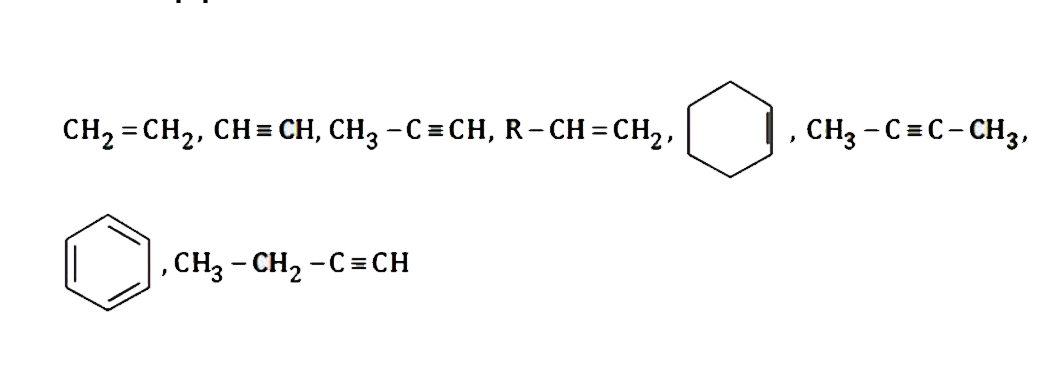A compound (C5H8) reacts with ammoniacal AgNO3 to give a white precipitate and reacts with excess of KMnO4 solution to give (CH3)2CH−COOH. The compound is
CH2=CH−CH=CH−CH3
(CH3)2CHC≡CH
CH3(CH2)2C≡CH
(CH3)2C=C=CH2
The correct Answer is:B
Step by step video & image solution for A compound (C_(5)H_(8)) reacts with ammoniacal AgNO_(3) to give a white precipitate and reacts with excess of KMnO_(4) solution to give (CH_(3))_(2)CH-COOH. The compound is by Chemistry experts to help you in doubts & scoring excellent marks in Class 12 exams.
Updated on:21/07/2023Similar Questions
Knowledge Check
NaCl(aq) gives a white precipitate with AgNO3 solution but CCl4orCHCl3 does not , because
ANaCl is a covalent compound and forms AgCl as white ppt.BNaCl is an ionic compound and forms AgCl as white ppt.CCCl4andCHCl3 are ionic compound.Dnone of these.
Compounds capable of reacting with ammoniacal AgNO3 solution
are
View SolutionEthyne gives a white precipitate with ammoniacal solution of ___. (AgNO3/NaCl)
View Solution0.40g of an organic compound (A), (M.F.−C5H8O) reacts with x mole of CH3MgBr to liberate 224 mL of a gas at STP. With excess of H2, (A) gives pentan-1-ol. The correct structure of (A) is :
View SolutionAn organic compound A,C5H8O reacts with H2O,NH3 and CH3COOH as described below A is

View SolutionWhite crystal (A) on treatment with AgNO3 gives white crystalline precipitate. (A) discharges the colour of KMnO4 solution but no gas is evolved. Probable radical present in (A) is:
View SolutionHow many of these compounds can react with ammoniacal silver nitrate solution to give white ppt.

View SolutionWhat happens when:
Formic acid is reacted with ammoniacal AgNO3 solution
View Solution
